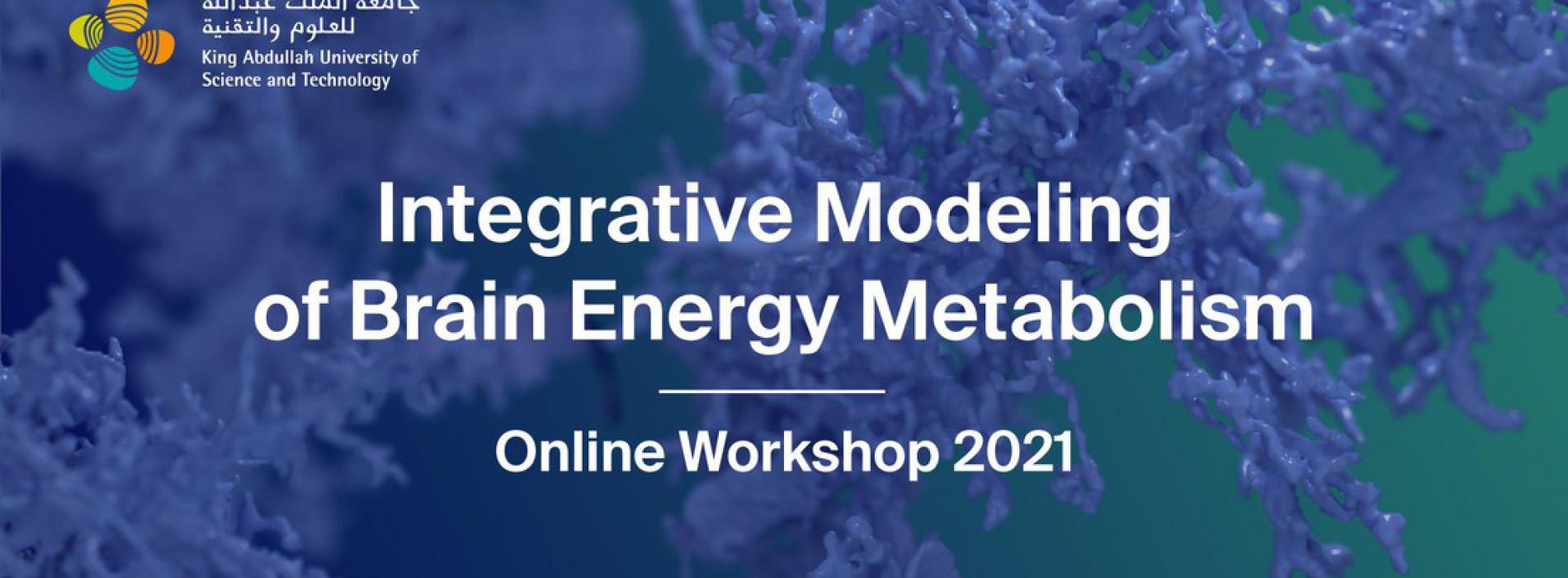
 News
News
Productive ‘Integrative Modeling of Brain Energy Metabolism' workshop
Recognizing the importance of understanding the structural and biochemical basis of astrocyte-mediated neuronal energy metabolism in the mammalian brain, the King Abdullah University of Science and Technology (KAUST) and EPFL Blue Brain Project Alliance was set up in 2013 to focus on this area of brain research.
The collaboration recently held a two-day online workshop - Integrative Modeling of Brain Energy Metabolism, whichhighlighted and shared the achievements to date of this dynamic Alliance. Attended by hundreds from all over the world, the workshop also enabled the participants to hear from global experts in the field on the future directions of this research.
Prof. Pierre Magistretti, KAUST, Smart Health Initiative, opened the event with a keynote speech on 'Neuron-glia metabolic coupling: Relevance for neuronal plasticity, brain imaging and diseases'. The workshop then welcomed the first of the guest speakers, Luis Felipe Barros - Centro de Estudios Científicos, Chile who discussed, 'Making lactate requires glucose: stimulation of astrocytic GLUT1 by extracellular K+'. Marja-Leena Linne, Tampere University, Finland, presented ‘Modeling astrocyte signaling and astrocyte-mediated long-term plasticity’before the session concluded with a talk on 'Interactive visualization for exploring nanoscale brain tissue' by Johanna Beyer from the Visual Computing Group at Harvard University. The three then joined Pierre for a panel discussion on ‘The future of glia research', chaired by Corrado Cali of the Institute Cavalieri Ottolenghi, University of Torino, Italy.
Commenting after the session, Prof. Pierre Magistretti said, “Over the last two decades it has become clear that understanding brain function will involve having a clearer picture of how neurons interact with other brain cells such as glia and of how energy delivery and usage by neurons in regulated. This is exactly the topic of the multi-year collaboration between KAUST and EPFL’s Blue Brain Project. The collaboration has allowed to gather impactful information about the Neuron-Glia-Vasculature (NGV) unit and opened the way to understand how its dysfunctions may lead to pathologies.”
Day two of the workshop was then about the work and findings so far of the Alliance with the first session examining ‘data and visualization’. Chaired by Blue Brain’s Daniel Keller who leads the Molecular Systems group, the session began with a talk by Corrado Cali on 'Ultrastructural characterization of astrocytes and its morphological relevance to brain energy metabolism'. Marco Agus, a key contributor during his time at KAUST as a research engineer and now based at the Hamad Bin Khalifa University, presented 'Visual computing and virtual reality technologies for EM-based neuroscience investigations'. Blue Brain’sScientific Visualization Engineer, Marwan Abdellah completed this session with a highly visual presentation of 'Efficient reconstruction of high fidelity models with realistic geometries from raw data using Ultraliser'.
The workshop then concluded with an in-depth look into ‘modeling’ with Blue Brain’s Eleftherios Zisis opening proceedings discussing the 'Structural architecture of the neuronal-glial-vascular system'. Polina Shichkova, a PhD student at Blue Brain, followed looking at the 'Reconstruction and simulation of neocortical energy metabolism'. The final speaker was Jay Coggan, Molecular Systems group at Blue Brain, who closed the session with his presentation on 'A secret language of cells: Ligand-receptor-cascade dynamics communicate through molecular phase transitions'.
Speaking after the workshop, Daniel Keller summarized, “This collaboration has allowed us to include the missing components of the picture, glia and vasculature, and will enable a new understanding of how the brain functions as a tissue. The brain is so much more than just neurons.”
The recordings of all the sessions are available on Blue Brain’s YouTube channel.